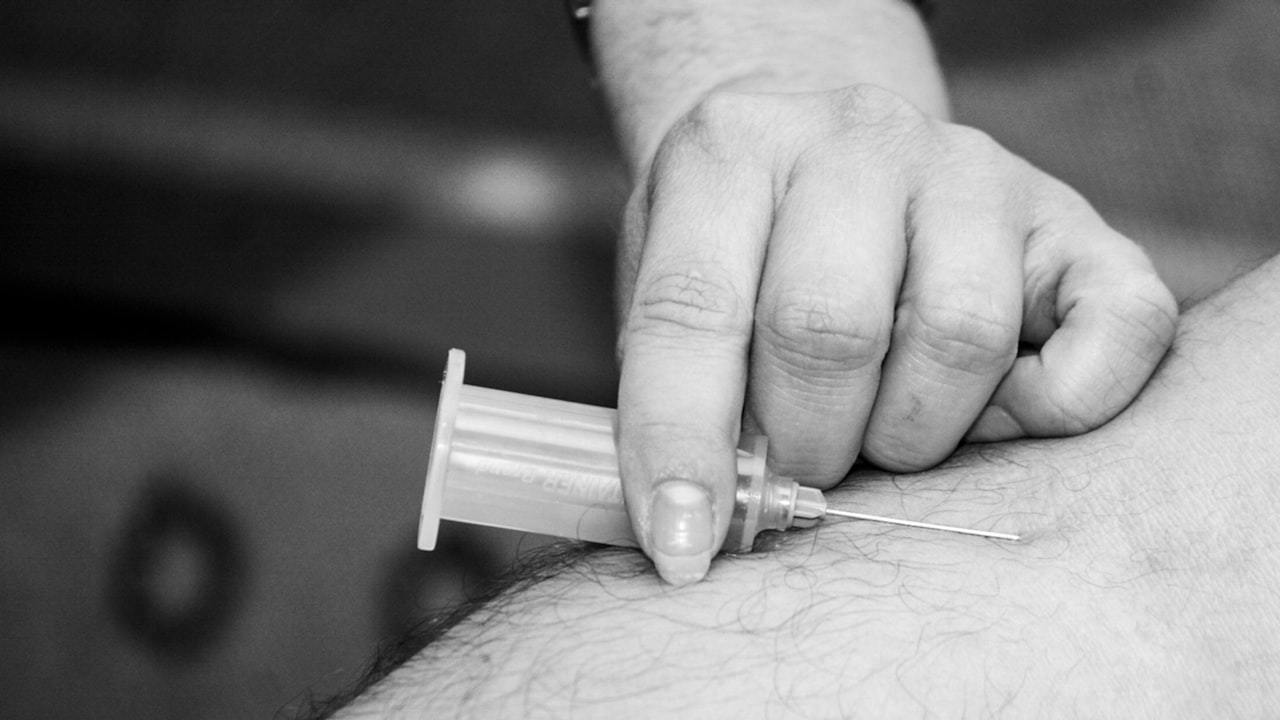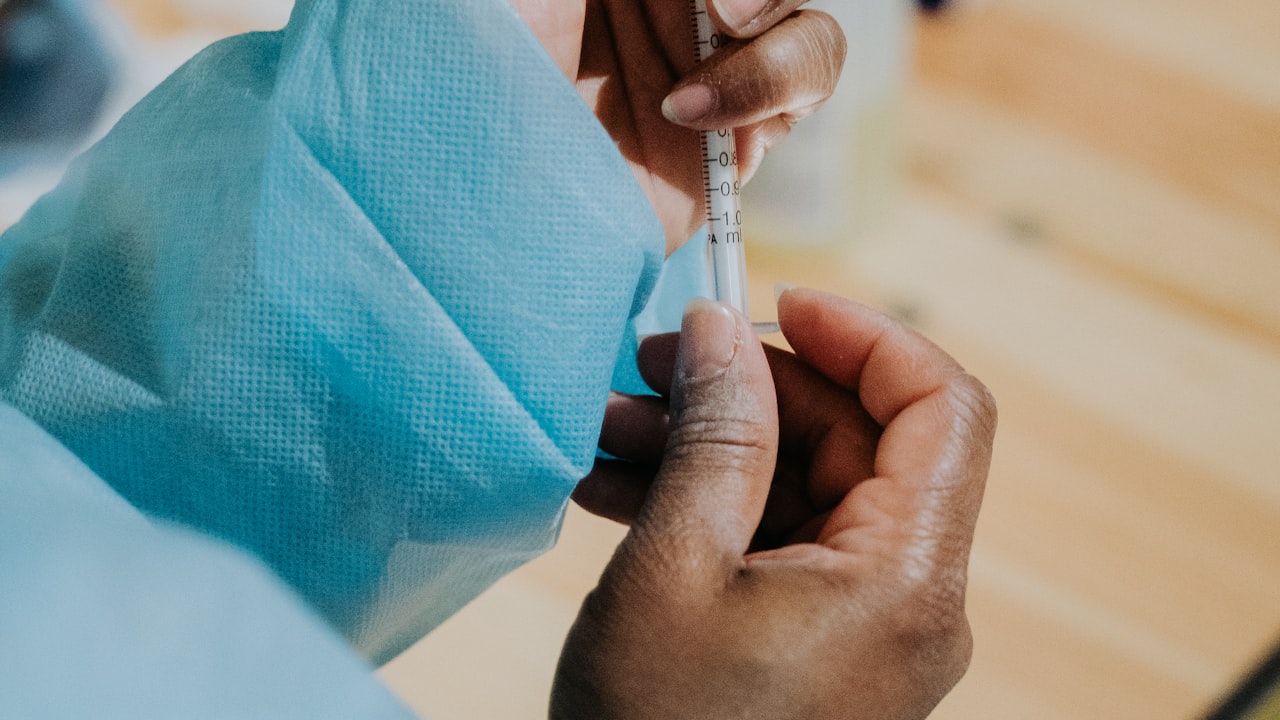 Title: Designing Precision Injection Mold: A Comprehensive Guide
Title: Designing Precision Injection Mold: A Comprehensive Guide
Article:
Injection molds play a crucial role in the manufacturing process of various products across industries. To ensure the production of high-quality and precise components, designing precision injection molds is essential. In this comprehensive guide, we will delve into the intricacies of designing injection molds and explore the key factors to consider for optimal results.
When it comes to designing precision injection molds, collaboration with a reputable injection mold factory or supplier is paramount. These experts possess the knowledge, experience, and resources to translate your design concepts into functional molds that meet your specifications. Working closely with an injection mold factory or supplier can streamline the design process and help you avoid common pitfalls that may compromise the quality of the molds.
The first step in designing precision injection molds is to clearly define the requirements of the project. This includes understanding the characteristics of the intended product, such as its size, shape, material, and production volume. Communicating these specifications to the injection mold factory or supplier is essential for developing an accurate design plan that aligns with your production goals.
Next, the design phase involves creating a detailed blueprint of the injection mold. This includes determining the number of cavities, the gating system, the cooling channels, and other intricate details that impact the final quality of the molded parts. Utilizing advanced design software and technologies, such as computer-aided design (CAD) and computer-aided engineering (CAE), can assist in refining the design and optimizing the mold’s performance.
During the manufacturing process, precision and accuracy are paramount. The injection mold factory or supplier must adhere to strict quality control measures to ensure that the mold meets the specified tolerances and dimensions. Additionally, regular testing and validation procedures should be conducted to verify the functionality and durability of the mold before production commences.
In conclusion, designing precision injection molds requires a strategic approach and collaboration with experienced professionals. By partnering with a reputable injection mold factory or supplier and following best practices in mold design and manufacturing, you can achieve superior results and elevate the quality of your products. Remember, precision is key when it comes to injection mold design, so invest the time and resources necessary to create molds that meet your exact specifications and deliver exceptional performance.

 Title: Designing Precision Injection Molds for Optimal Plastic Manufacturing
Title: Designing Precision Injection Molds for Optimal Plastic Manufacturing Title: Designing Precision Injection Molds for Optimal Product Quality
Title: Designing Precision Injection Molds for Optimal Product Quality Title: Design and Functionality of Injection Molds: A Comprehensive Overview
Title: Design and Functionality of Injection Molds: A Comprehensive Overview Title: Design Considerations for Injection Molds: Key Factors and Best Practices
Title: Design Considerations for Injection Molds: Key Factors and Best Practices Title: Designing Efficient Injection Molds for Manufacturing Precision Parts
Title: Designing Efficient Injection Molds for Manufacturing Precision Parts Title: Designing Precision Injection Molds: Key Considerations and Best Practices
Title: Designing Precision Injection Molds: Key Considerations and Best Practices Title: Designing Precision Injection Molds: Key Considerations and Best Practices
Title: Designing Precision Injection Molds: Key Considerations and Best Practices